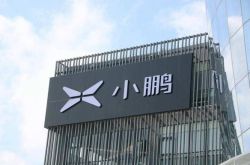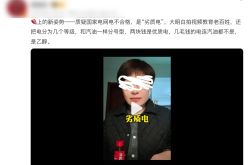AI Toys: A New Frontier for Chip Manufacturers?
![]() 05/06 2025
05/06 2025
![]() 619
619
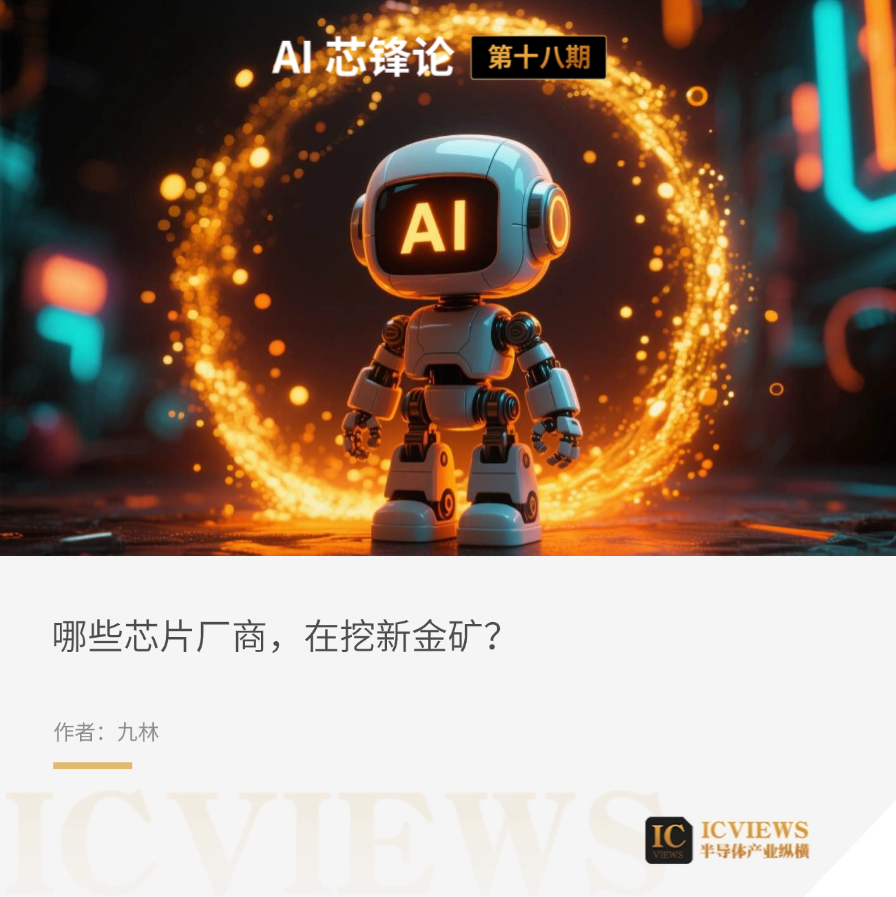
AI toys have emerged as a lucrative cash cow for retailers.
The toy preferences of the younger generation have shifted, moving away from last year's popular Jellycat and towards AI toys capable of independent conversation. Despite some labeling them as useless or mere gimmicks, these perceptions have not dampened the popularity or profitability of AI toys. According to executives from technology companies visited by reporters, one company achieved a transaction volume of 520,000 yuan in a single day through live streaming.
A research report predicts that with the maturation of AI and embodied intelligence technologies, AI+toys will become a breakthrough market direction, with a projected market size exceeding 30 billion yuan by 2025.
When toys are infused with AI capabilities, not only do their prices multiply, but their sales also soar.
01
Pioneering AI Toy Sellers Reap Substantial Profits
When it comes to making money from AI toys, Elon Musk stands out.
Previously, Tesla's robot action toy sold out within 24 hours of its launch in the official store for $40, causing the website to crash temporarily.
This incident highlighted the appeal of AI toys. Subsequently, Musk expressed interest in a Chinese AI toy on social media that could transform with the owner and eventually morph into Megatron.

Unbeknownst to many, AI toys have swiftly become a new favorite.
ByteDance's AI companion doll also stole the show. Originally a non-for-sale gift, its embedded AI technologies, including the Doubao large model and Kouzi Professional Edition, enable dialogue interaction and emotional exchange with humans. As a result, its resale price on second-hand platforms has soared to 500 yuan.
A TCL-related person stated, "The essence of AI toys is not to flaunt technology but to foster a warm emotional connection."
In today's society, characterized by a fast-paced environment, the rise of the singleton economy, an aging population, and increased parenting pressures, breakthroughs in generative AI and large models have endowed robots with the ability to "understand human intentions" for the first time.
There is a consensus in the industry that as the capabilities of AI large models continue to advance, their dialogue interaction, question-answering, and even emotional companionship abilities are expected to migrate from online to offline. AI toys will emerge as physical carriers of AI large models, and their share in the toy market is anticipated to grow continuously. According to data from consulting firm IMARC Group, the AI toy market size reached $18.1 billion in 2024 and is projected to expand to $60 billion globally by 2033, with the Asian market taking the lead.
Compared to other fields, AI toys place greater emphasis on user experience and interactivity. Both children and adults demonstrate a strong interest in toys featuring intelligent and interactive attributes. This widespread market demand provides a solid foundation and vast development potential for the implementation of AI large models.
Recognizing their broad prospects, numerous domestic executives from leading companies have entered and increased investments in the AI toy sector. This includes former vice presidents of Meituan, partners of Tmall Genie, the former head of product design for Xiaopeng Robotics, and more.
Haivivi, founded by Li Yong, a former partner of Tmall Genie, launched the AI toy pendant "BubblePal" in July 2024. By March 2025, sales of this product on the Douyin platform alone surpassed 20 million yuan.
02
Which Chip Manufacturers Are Exploring This New Frontier?
The core competitiveness of AI dolls capable of conversation and human interaction lies in their chips. Infusing an "essence" into the compact body of an AI toy is paramount.
What chips are required for AI toys?
To enhance user experience, AI toys necessitate advanced features such as multimodal interaction, autonomous learning, and emotional computing, all of which demand robust computing capabilities. Additionally, there are requirements for speech interaction and visual processing. Consequently, this wave of AI toy popularity has generated a significant demand for specialized chips, including computing power chips, speech interaction chips, visual processing chips, and multimodal SoCs.
The current mainstream chip companies offering AI toy solutions in the market include Espressif Systems, Allwinner Technology, Actions Semiconductor, and Broadcom Integrated Circuit.
The aforementioned ByteDance "showstopper," which fetched a high resale price, utilizes Espressif Systems' ESP32-S3. Furthermore, Espressif Systems also offers the similar ESP32-S4. Both chips support local neural network computation and possess local AI processing capabilities. Moreover, Espressif Systems has introduced a solution that combines trendy toy manufacturers, Espressif, and the Doubao large model.
The AI companion Tom the Chatting Cat, priced at 1000 yuan, is a robot designed for children aged 3-11. It can recognize emotions, initiate chats, engage in bilingual interactions, and provide popular science knowledge across various topics. It employs Allwinner Technology's R128-S3 highly integrated wireless audio SoC. The Allwinner R128 chip adopts a dual-core architecture of RISC-V XuanTie C906+Arm CortexM33, providing substantial computing power.
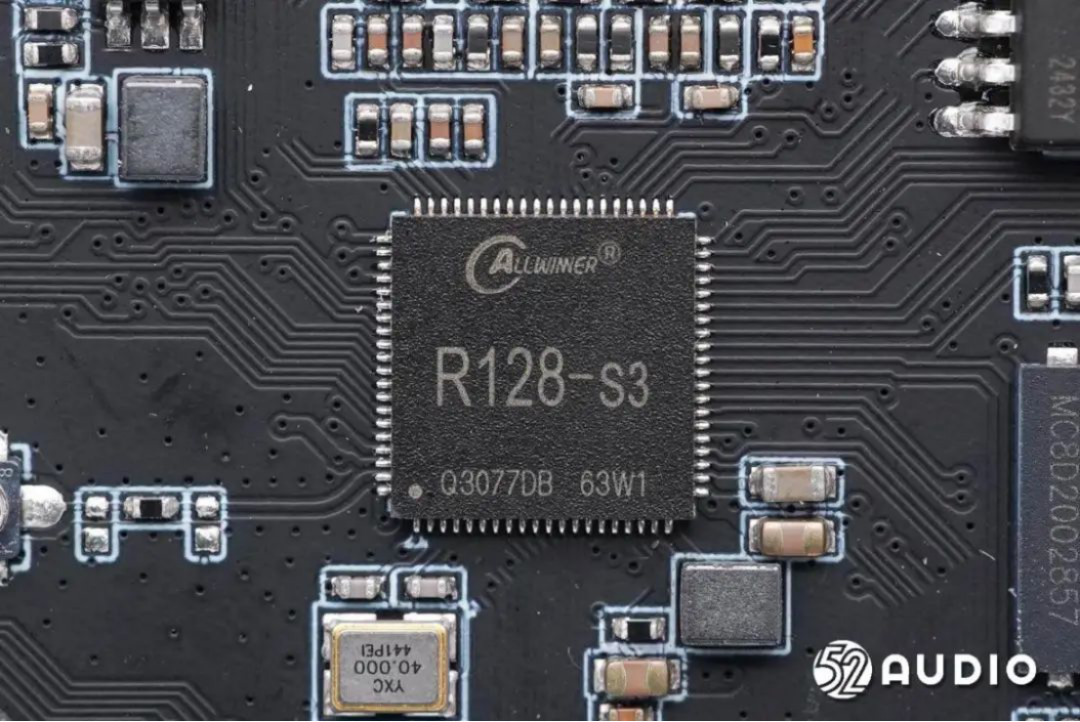
Tom the Cat Company is currently developing AI products, including Tom the Cat AI voice robots, AI storytelling apps, AI games, and more. The first-generation Tom the Cat AI robot is equipped with a dedicated Tom the Cat AI large model, featuring an array of functional attributes such as expressive facial expressions, touch sensors, soft and hard silicone hand feel materials, and freely swinging arms.
Actions Semiconductor's ATS3703, ATS3503, ATS3603, among others, can all be applied in the field of AI toys, such as children's robots. Actions Semiconductor's ATS3703 is renowned as the "king of cost-effectiveness" in the children's market, featuring a quad-core CPU+3D GPU and supporting Flash face recognition (with an accuracy rate of 95%). It is more affordable compared to Rockchip's RK3576.

In January of this year, Broadcom Integrated Circuit announced its collaboration with Audubi to integrate the Volcano Engine Doubao AI large model into toys, equipped with Broadcom Integrated Circuit's BK7252N and BK7258 chips, to launch a toy AI smart kit. The kit connects to the Volcano Ark MaaS platform to achieve an end-to-cloud integrated real-time synchronization solution.
Apart from chip manufacturers, module manufacturers are also introducing integrated solutions.
The communication module used in the "showstopper" is from Quectel. Quectel provides diversified solutions, such as cellular, Bluetooth, Wi-Fi, and smart modules for AI toys, catering to different toy forms. It has already demonstrated AI toys based on cellular modules and will soon introduce demo solutions based on Bluetooth and Wi-Fi modules.
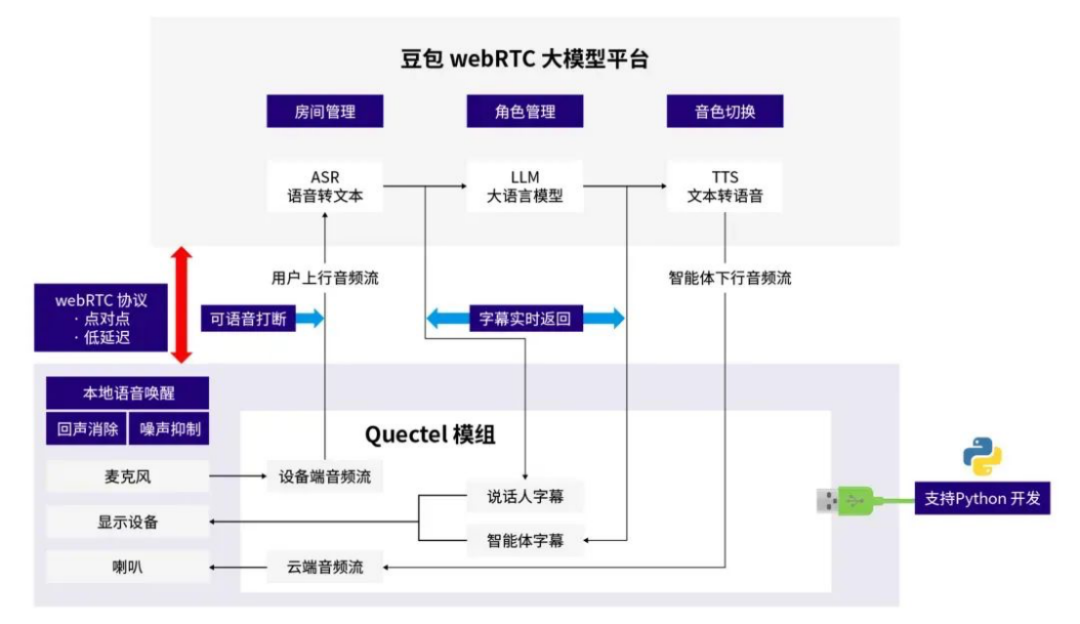
Currently, Quectel has taken the lead in integrating communication modules with the Doubao RTC large model, bringing real-time and efficient voice interaction experiences to AI toys.
Guanghe Tong has introduced an AI toy large model solution that deeply integrates AI large models like Doubao, with built-in Guanghe Tong Cat.1 modules, to assist intelligent toys in achieving AI upgrades. This solution enables audio, video, and image transmission, speech recognition, natural language processing, and machine learning without the need for an external MCU, facilitating multi-dimensional user interactions through anthropomorphic, animal-like, or IP-like forms, opening up new avenues for the innovative development of AI toys.
Currently, various chip companies hold diverse attitudes towards the AI toy market.
Regarding entry into the AI toy industry, Espressif does not involve itself in the entire machine business but continues to sell chips or modules with general software functions. For instance, Espressif Systems stated, "AI toys will possess unique functional components with attributes specific to the toy industry, which are unfamiliar to Espressif. Therefore, industry solution providers will develop industry-specific solutions based on the general solutions provided by Espressif. If trendy toy manufacturers possess their own development capabilities, they can develop independently; otherwise, they can outsource to the aforementioned industry solution providers for development."
However, whether it is solutions launched by chip or module manufacturers, their goal is to assist toy manufacturers in lowering the threshold for AI toy development and launch.
03
AI Toys Exhibit a Wide Range of Market Prices
In terms of pricing, there is a substantial gap between different AI toy products. From AI smart hardware available for as little as 10 yuan to AI robots costing 30,000 yuan, numerous factors are at play.
If you are a DIY enthusiast on social media simply creating AI toys or AI chat robots, the hardware cost of the chips can be considered "negligible."
Besides the microcontroller costing a dozen yuan, almost every other component costs mere cents or a few yuan. A communication-related chip solution provider revealed that the cost of the AI toy's chip solution module (Wi-Fi chip plus audio chip, etc.) is approximately ten to twenty yuan, with the cost of the battery and screen calculated separately. Some netizens also mentioned that even cheaper options can be found for a few yuan.
However, if there are more stringent requirements for AI toys, the hardware cost will increase proportionately. When ByteDance responded to inquiries about the procurement cost of the "showstopper," it stated that the total POC cost, including chips, boards, the built-in Linux system, external Android systems, and appearance IP design, was approximately 90 yuan.
According to the reporter's understanding, currently, for AI modules available in the market, if the quotation excludes platform access fees and customized content, the hardware cost of PCBA modules primarily ranges between 10-30 yuan. If platform access and personalized customization are included, the price may vary significantly due to different platform access resources, ranging from approximately 20-80 yuan. Additionally, if requirements such as screen playback and special customization are necessary, additional costs will be incurred. Such AI module prices pose considerable cost pressures on traditional children's toy manufacturers.
Besides hardware costs, the cost of large model tokens for AI toys is also an unavoidable aspect for manufacturers. The prices and charging models of different models vary. For instance, some models adopt a lifelong licensing approach, but typically, the fees for large models with superior performance are relatively high.
Unlike ordinary toys, some AI toys implement a paid subscription mechanism. For example, FoloToy's AI Sunflower is priced at 258 yuan and includes six months of free dialogue services. After expiration, users can choose to pay 99 yuan (for 12 months) to continue receiving services.
Overall, however, the hardware gross margin of AI toys is mostly around 60%. If the price of AI toys exceeds 1000 yuan, the gross margin will be higher, with this premium largely attributed to the IP.
04
Conclusion
From simple offline voice commands to online dialogue and eventually accessing large models, AI toys are becoming increasingly intelligent, interactive, and entertaining. Numerous emerging companies have also sprung up in the AI toy industry, introducing innovative products.
From Grimes, Musk's ex-girlfriend, collaborating with the startup Curio to launch a $99 AI stuffed toy that sold out quickly upon its release to Casio's AI pet toy Moflin, which sold out on the official website upon its launch and fetched tens of thousands on second-hand websites.
The fusion of AI technology with trendy and creative toys offers a brand-new value experience. In the future, could AI toys become another smash hit product, following in the footsteps of TWS earphones and AI smart glasses?




